Gallery
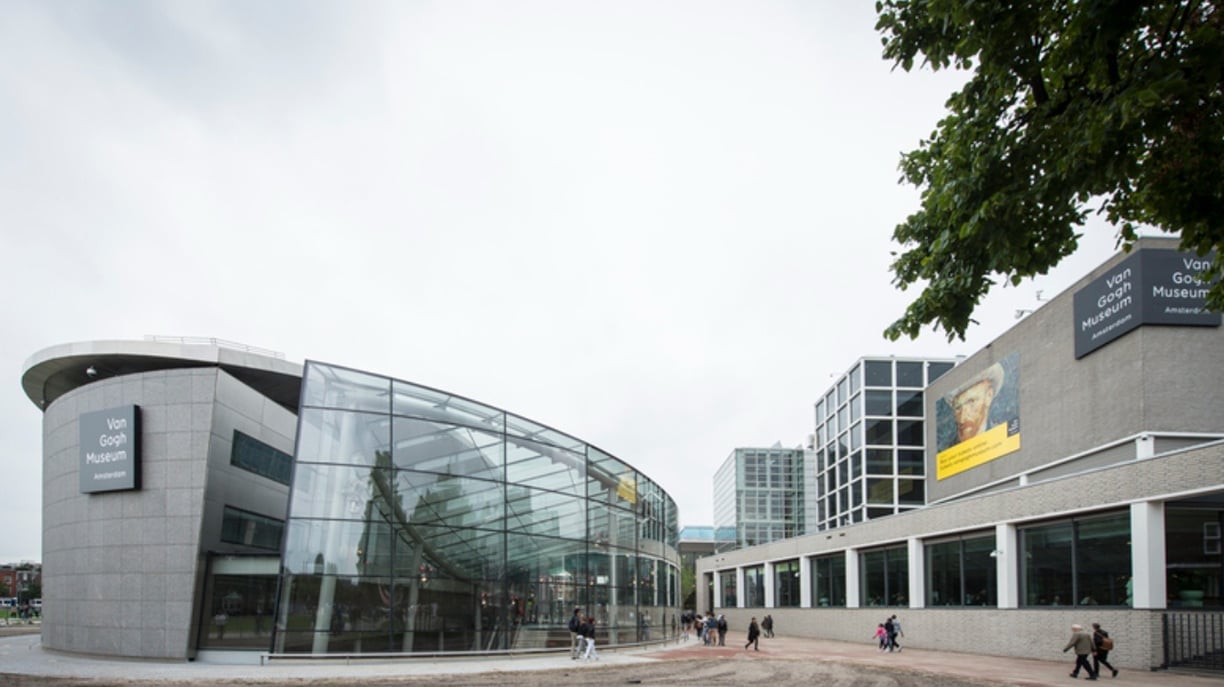

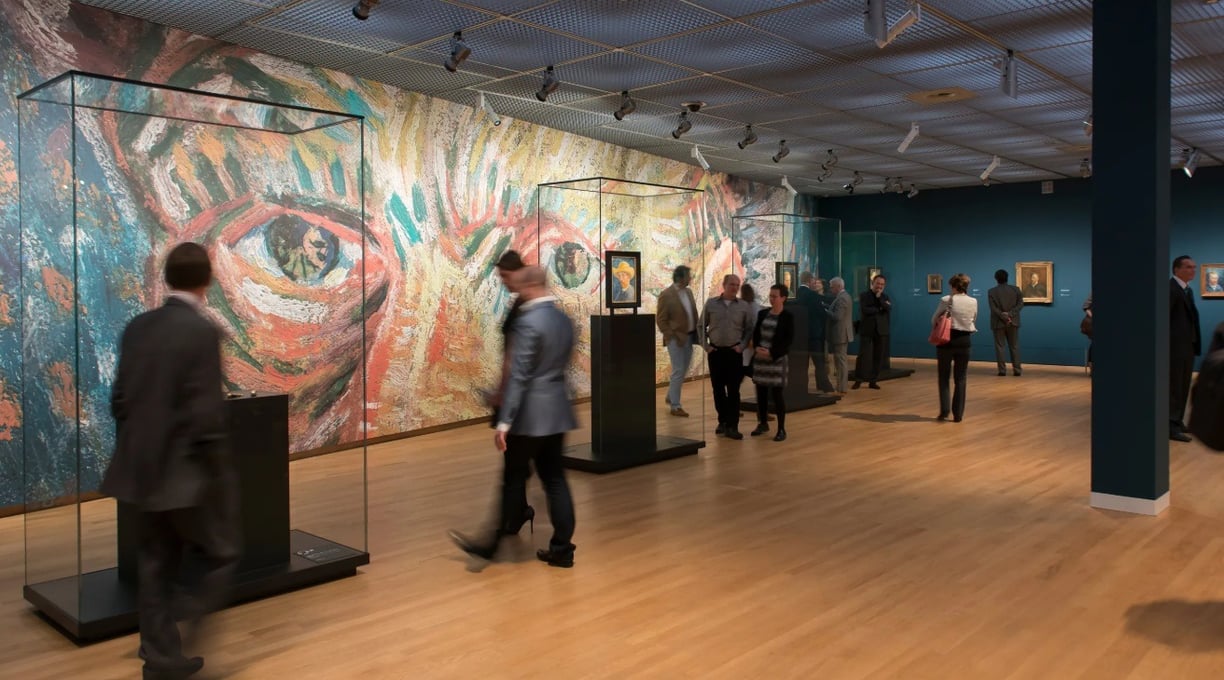

"The Starry Night" is a world-renowned oil painting by Vincent van Gogh, created in 1889 during his stay at the Saint-Paul-de-Mausole asylum in Saint-Rémy-de-Provence, France.
This iconic piece portrays a vibrant night sky filled with swirling clouds, radiant stars, and a bright crescent moon, all rendered in expressive, dynamic brushstrokes. Below the sky lies a quiet village, complete with a prominent church steeple and dark, rolling hills. A towering cypress tree in the foreground reaches up toward the heavens, creating a striking vertical contrast.
The painting is celebrated for its emotional intensity, movement, and Van Gogh’s unique interpretation of the night sky—blending reality, imagination, and inner turmoil. It remains one of the most recognized and influential works in Western art.
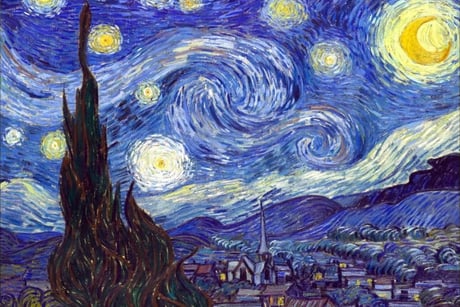

The Starry Night
Sunflowers
"Sunflowers" (1888) is one of Vincent van Gogh's most iconic still life paintings, part of a series he created in Arles, France. The artwork depicts a vase filled with bright yellow sunflowers, rendered with Van Gogh's signature bold brushstrokes and thick application of paint (impasto).
The painting bursts with warm golden hues, showcasing the sunflowers in various stages of bloom—from fresh and vibrant to drooping and dry. Van Gogh saw sunflowers as symbols of gratitude, warmth, and friendship, and he created these pieces to decorate the room of fellow artist Paul Gauguin, whom he hoped to collaborate with.
"Sunflowers" stands as a brilliant example of Van Gogh’s ability to convey emotion and movement through color and texture, transforming a simple subject into a powerful and enduring masterpiece.
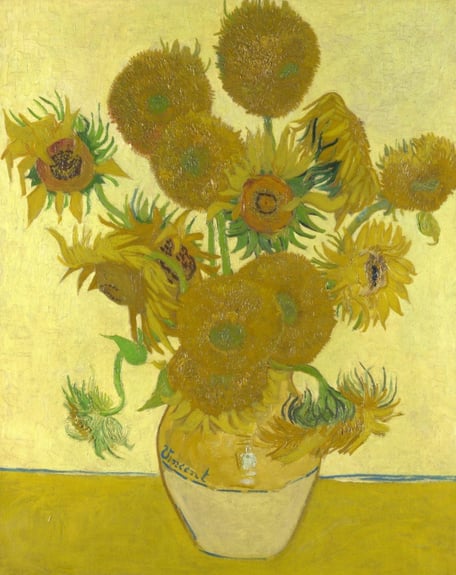

The Bedroom
"The Bedroom" (1888) is one of Vincent van Gogh’s most personal and beloved works, offering an intimate look into his life in Arles, France.
The painting depicts van Gogh’s bedroom at his Yellow House in Arles—featuring his simple wooden bed, two chairs, a small table, a mirror, and framed works on the walls. The composition is rendered with vivid colour contrasts (butter-yellow bed and chairs, pale violet walls, scarlet blanket) and painted in flat tints, deliberately omitting deep shadows to evoke a sense of “absolute rest” and calm
Its portrays Van Gogh’s own bedroom in the Yellow House, where he lived and hoped to establish an artist's community.
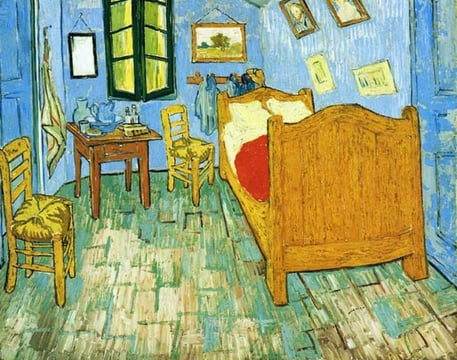

Café Terrace at Night
"Café Terrace at Night" (1888) is one of Vincent van Gogh’s most celebrated masterpieces, painted in Arles, France. It captures a charming, evening café scene on the Place du Forum, bathed in warm, glowing light under a vibrant starry sky.
Van Gogh described the scene in a letter to his sister as something that gave him a sense of peace and joy, calling it a "night painting without black." It was also the first of his paintings to explore a nocturnal scene under natural starlight, making it a precursor to his fascination with the night sky.
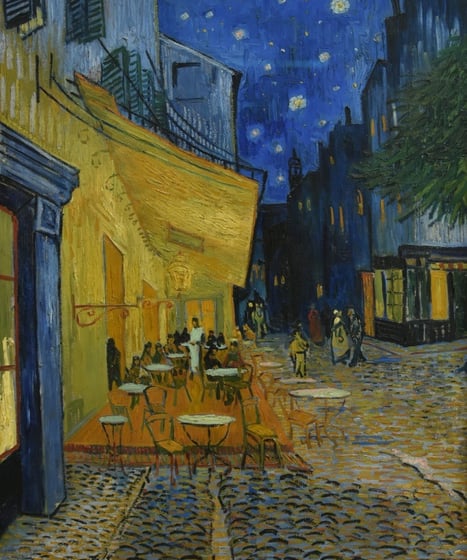

The Potatoe Eaters
"The Potato Eaters" (1885) is one of Vincent van Gogh’s earliest major works, painted while he was living in the rural village of Nuenen, Netherlands. This somber and powerful scene presents a peasant family gathered around a table, sharing a humble meal of potatoes by the dim light of a hanging lamp.
Van Gogh considered The Potato Eaters his first true masterpiece, despite its technical roughness. He wrote in letters to his brother Theo that he wanted it to convey "something honest"—the idea that these people had "dug the earth with these hands they are putting in the dish."
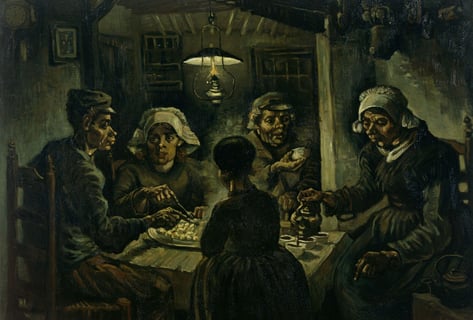

Irises
"Irises" (1889) is one of Vincent van Gogh’s most vibrant and emotionally expressive floral paintings. He created it during his stay at the Saint-Paul-de-Mausole asylum in Saint-Rémy-de-Provence, shortly after being admitted for mental health treatment.
Van Gogh used strong outlines influenced by Japanese woodblock prints, with flat color fields and bold contours. The vivid blue-violet irises are contrasted beautifully with the fresh green leaves and earthy red soil in the background.
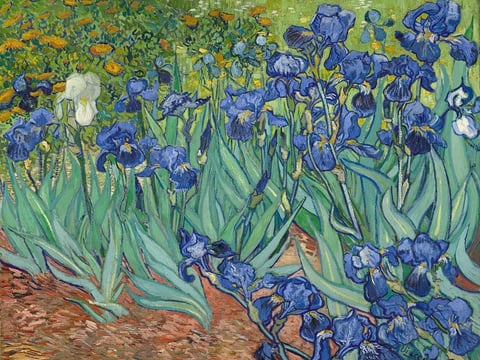

Wheatfield with Crows
"Wheatfield with Crows" (1890) is one of Vincent van Gogh’s final and most haunting masterpieces, painted during the last weeks of his life in Auvers-sur-Oise, France. This dramatic landscape features a windswept wheat field under a stormy sky, with a flock of black crows soaring overhead and a dark path that cuts across the golden field.
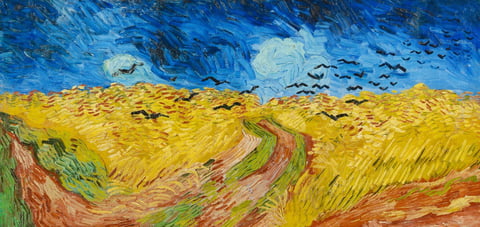

Self-Portrait with Bandaged Ear
"Self-Portrait with Bandaged Ear" (1889) is one of Vincent van Gogh’s most iconic and revealing works. Painted shortly after the infamous incident in which he mutilated his own ear, this portrait serves as both a visual confession and a window into his fragile mental state.
He wears a heavy green overcoat and a fur-lined hat, indicating the winter chill. Behind him hangs a Japanese print, showing his continued admiration for Japanese art, even during his mental crisis.
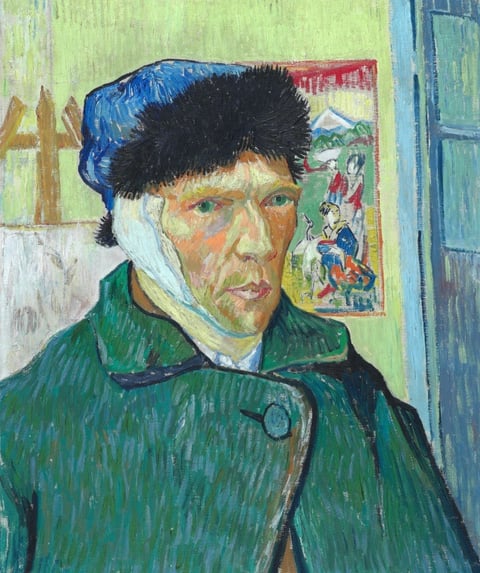

Almond Blossom
"Almond Blossom" (1890) is one of Vincent van Gogh’s most serene and symbolic works, created as a gift for his newborn nephew, Vincent Willem, the son of his brother Theo and sister-in-law Jo. Painted in Saint-Rémy-de-Provence, it celebrates new life and hope with exquisite beauty and calm.
Unlike many of his more turbulent paintings, Almond Blossom has a tranquil, uplifting mood. The branches reach upward, as if reaching for the light—an optimistic and poetic gesture.
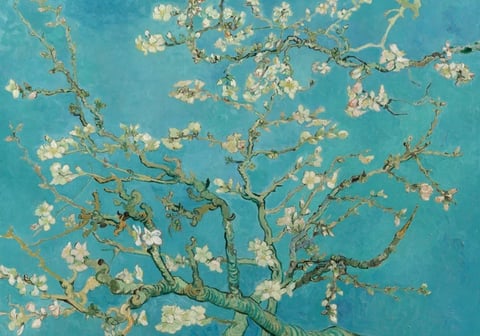

The Sower
The Sower (1888) is a striking painting by Vincent van Gogh that portrays a lone farmer scattering seeds across a field as the sun sets behind him. The artwork captures the intensity of rural life through bold, swirling brushstrokes and vivid colors, especially warm oranges and yellows that highlight the glowing sunset.
The figure of the sower is dynamic and almost symbolic, representing themes of growth, hope, and the cycles of nature. It reflects van Gogh’s deep connection to the countryside and his interest in the dignity of labor.
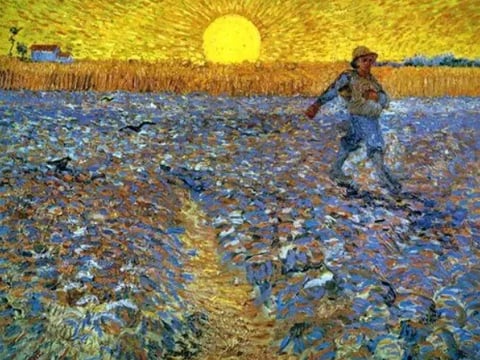

where you can find story about him and other related items
Art
Showcasing other Van Gogh's works
Shop
© 2025. All rights reserved.


Explore
